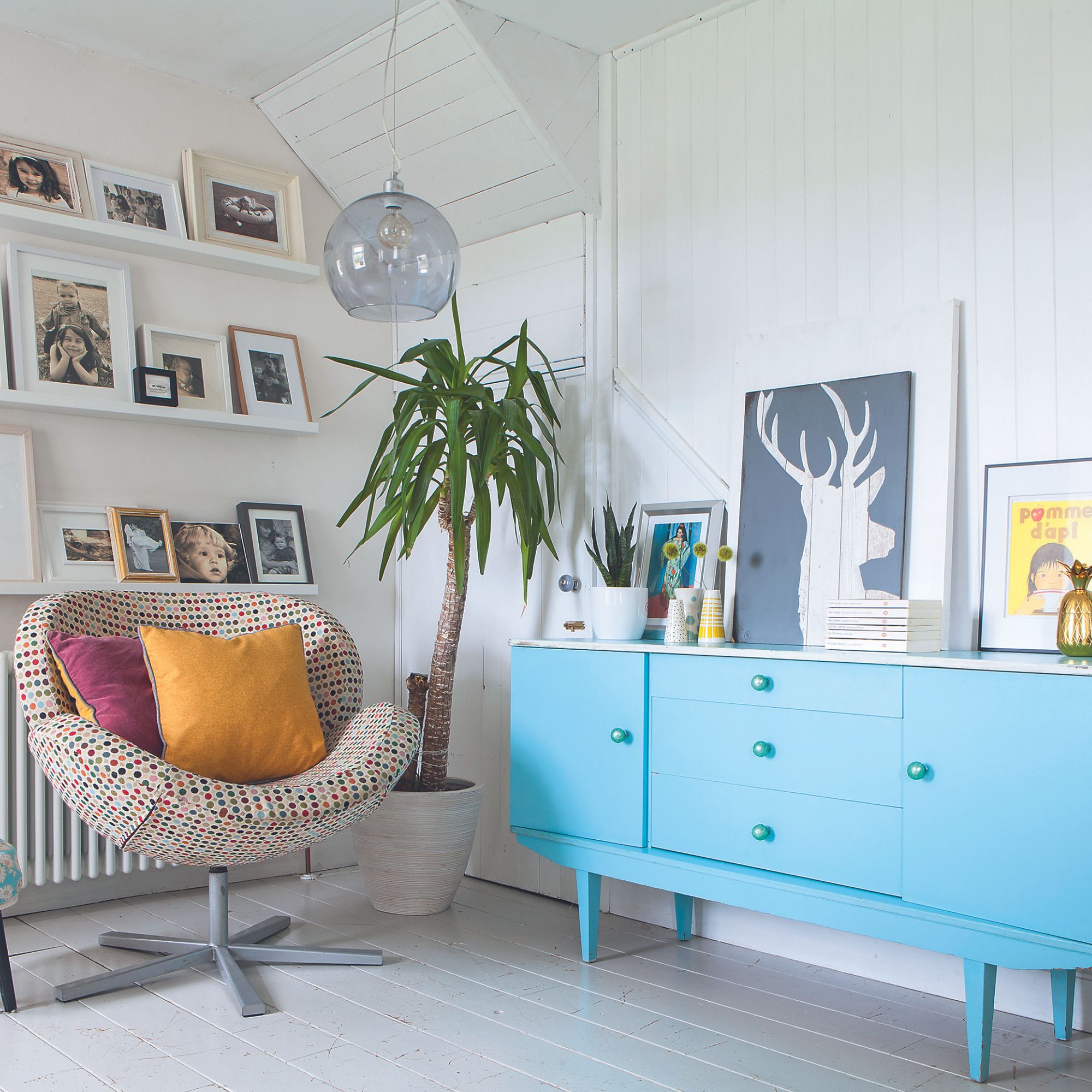
It seems as if life, nowadays, is all about moving at a dangerously rapid velocity. Our phones keep us connected to work at all times, which means we’re never really switched off from the daily grind. Fashion is fast, food is often faster (just one more takeaway, right?), and it’s becoming increasingly difficult to keep up with all the hot new home decor trends, too.
Thankfully, people on TikTok say they have found the antidote: slow living. With over 500 million views under the hashtag #slowliving, this new lifestyle trend (born from the cosy Danish concept of hygge) promotes the idea that we should be “living intentionally”.
Essentially, it’s all about creating better work-life balances, switching off from our tech devices, spending more time in nature, and reflecting. It’s about calm and consideration. And it’s about being intentional with your time and appreciating the little things in your day that you might otherwise overlook. So, when it comes to planning out small living room ideas and figuring out the best budget kitchen ideas when redecorating, how does the slow living interior trend work?
What is the slow living interiors trend?
Whether you’re trying to figure out how to hide a TV, or scouring the net for modern fireplace ideas, there are plenty of ways to do so whilst keeping the slow living interiors trend in mind.
As Sabrina Panizza, one of the co-founders of PL Studio, says: ‘In the world of design, the slow living movement focuses on creating spaces with a more conscious, considered, and sustainable approach.
‘Slow interiors transcend design trends and are a true reflection of your values, needs and personal style; they embody a calming escape from today’s fast-paced world and bring you happiness, balance, and harmony.’
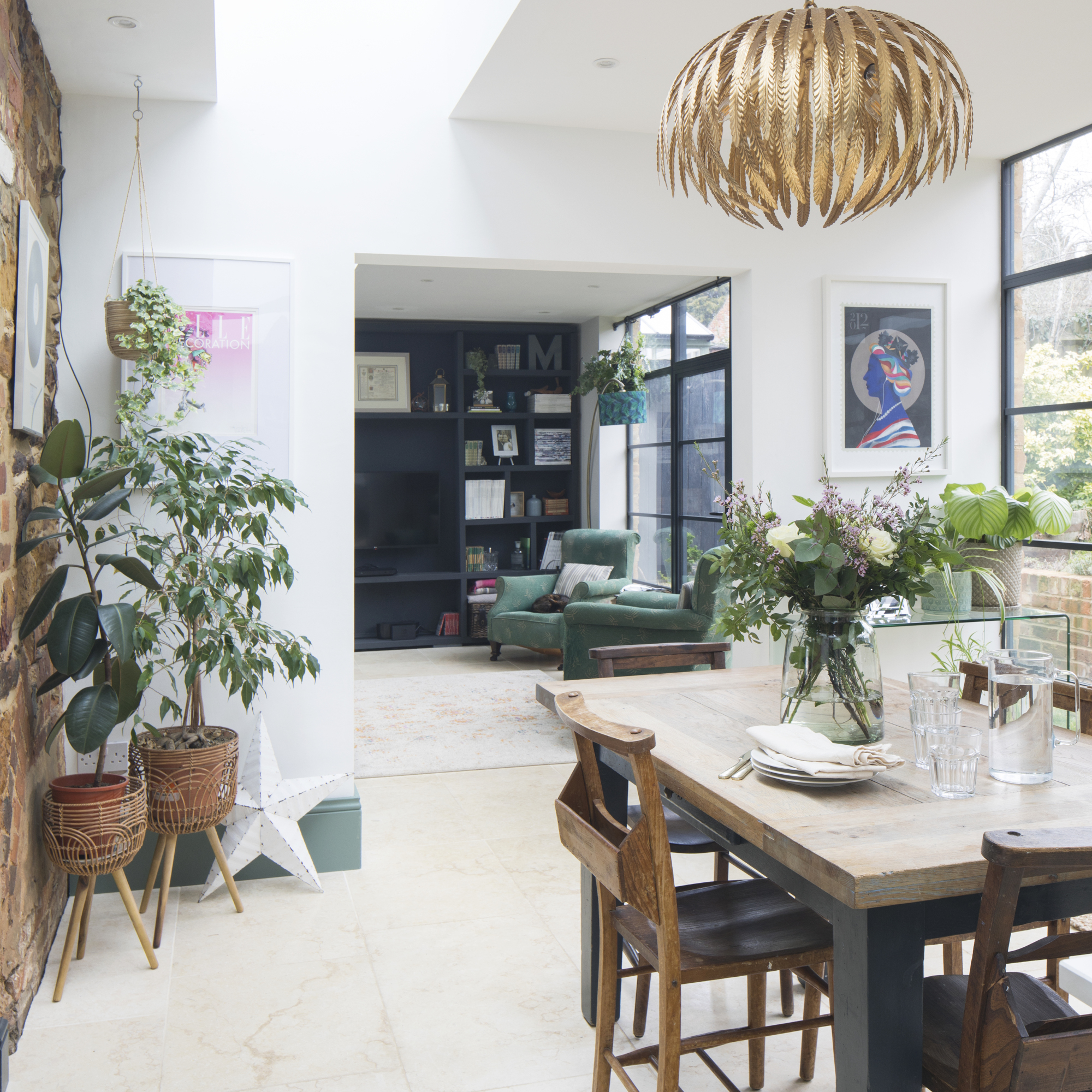
Alessia Armenise, the founder and editor of Pretty Slow and host of the Pretty Good Business podcast, adds: ‘When thinking about slow life, most people’s mind goes to cottagecore images of people living in the countryside, growing their vegetables and overall disconnected from what is the reality for most of us. But slow living is not a set-in-stone lifestyle that only a few can afford; quite the opposite.’
She adds: ‘Instead, it’s about figuring out what you want from your life and what you want your typical day to look like. From there, you can start building your life and home in a way that answers your needs and is, therefore, more fulfilling.’
How can we incorporate the slow living interiors trend into our homes?
There are many ways to incorporate the slow living interiors trend into the design of our homes, to create a more mindful and peaceful living space:
1. Maximise natural light as much as possible
Alessia says: 'If there is one thing that does make all the difference, it's daylighting; a home that allows light and sun in will be more relaxing and enjoyable.
'If your home is dark and you can’t do anything about that, try to bring light and nature into your home some other way – from preferring light and joyful colours to using plants to bring the outside inside; small changes can make a big difference.'
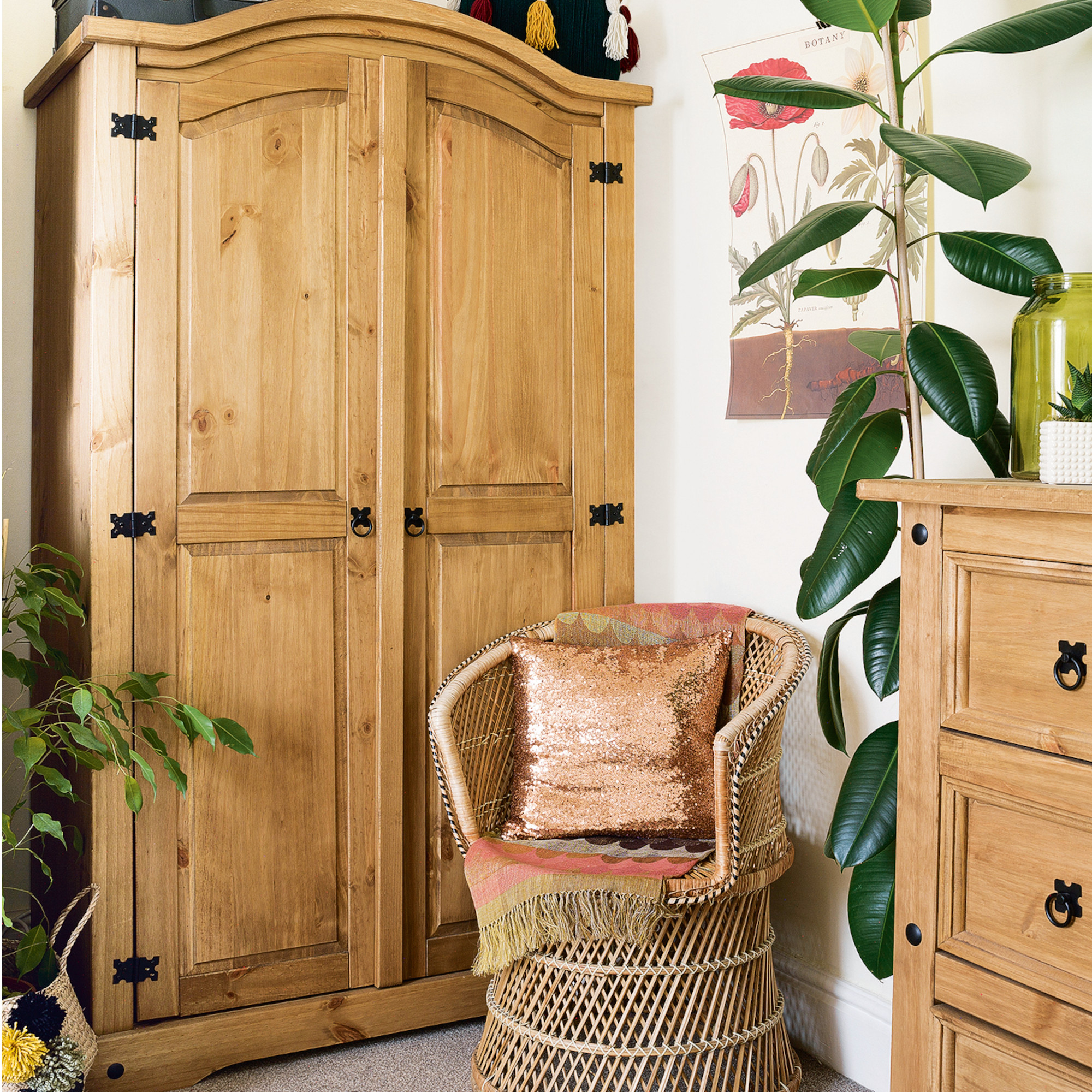
2. Add warmth with carefully layered artificial lights
While natural light is very important, Sabrina says that you should also install cosy lights to add warmth to your home.
'Add an extra level of intimate lighting by using candles, that complement the atmosphere with a soft, warm glow, perfect to create a retreat from the chaos of the outside world,' she adds. 'Scented candles are real mood-boosters, so opt for those!'
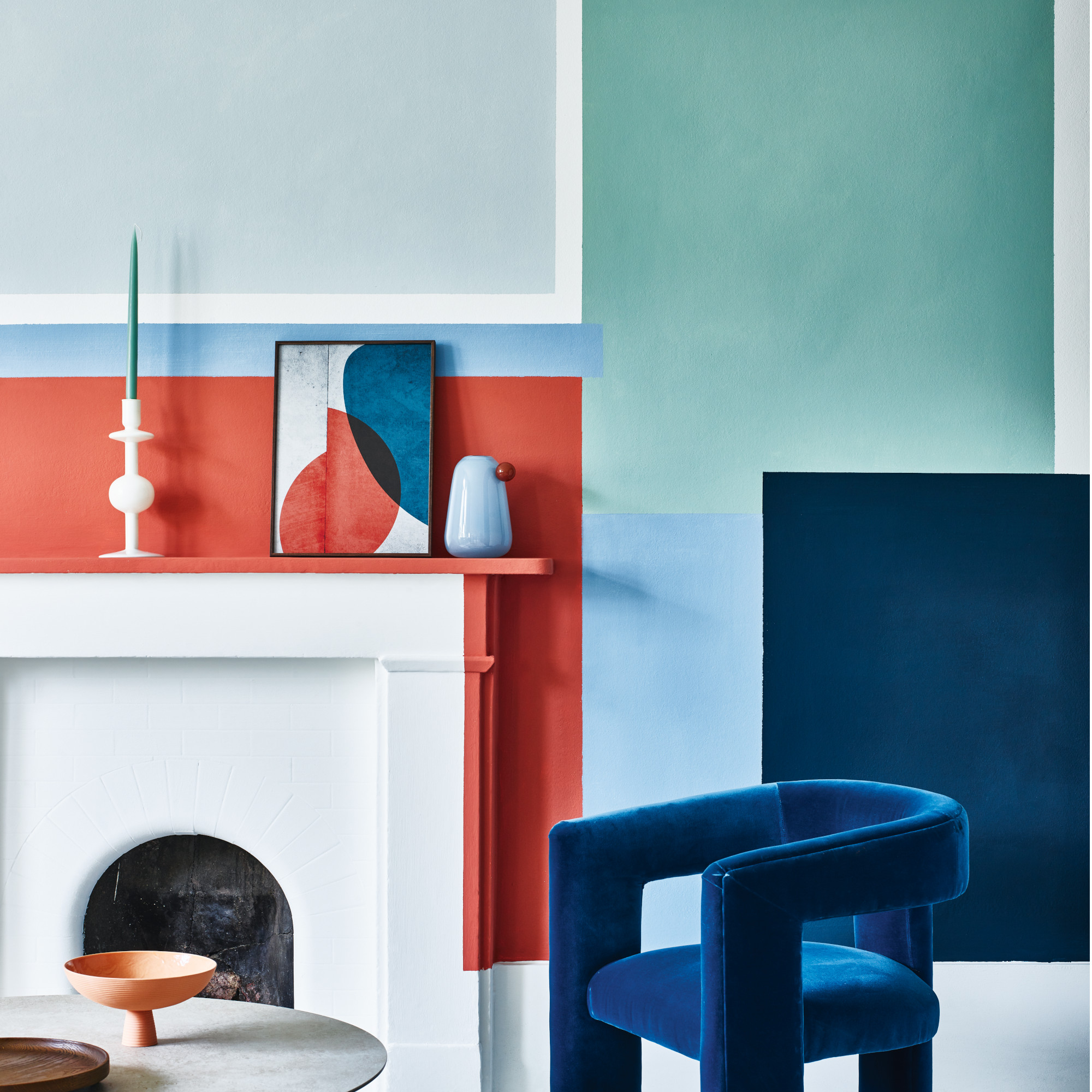
3. Embrace the decluttering movement
It's time to whip out your tried-and-tested list of decluttering tips, as the slow living interiors trend really does hammer home the idea that a tidy home equates to a tidy mind.
'I don’t believe in the minimalism at all costs approach, but a decluttered and tidy house definitely helps to feel more relaxed and spend less time worrying about our ‘stuff’,' says Alessia.
'Use the minimalist principles to get rid of everything that you don’t like and doesn’t serve you; try to learn how to detach yourself from things – but keep what makes you happy or makes your life easier (even if it’s a lot of stuff).'
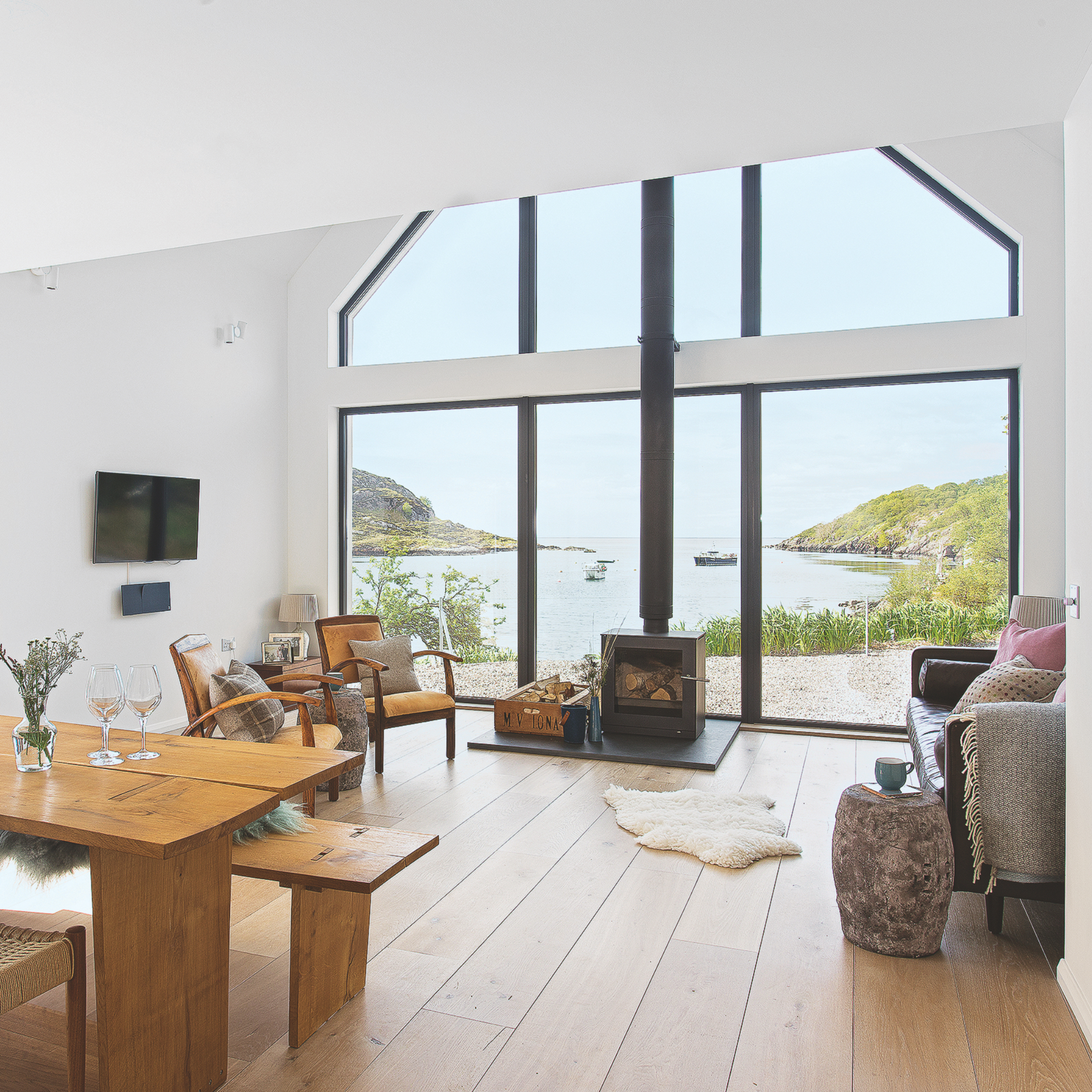
4. Create a connection to nature
'Try introducing houseplants to boost wellbeing around the home,' says Sabrina. 'Plants, and the colour green, improve our mood and mental health, help reduce stress, and provide a calming effect.'
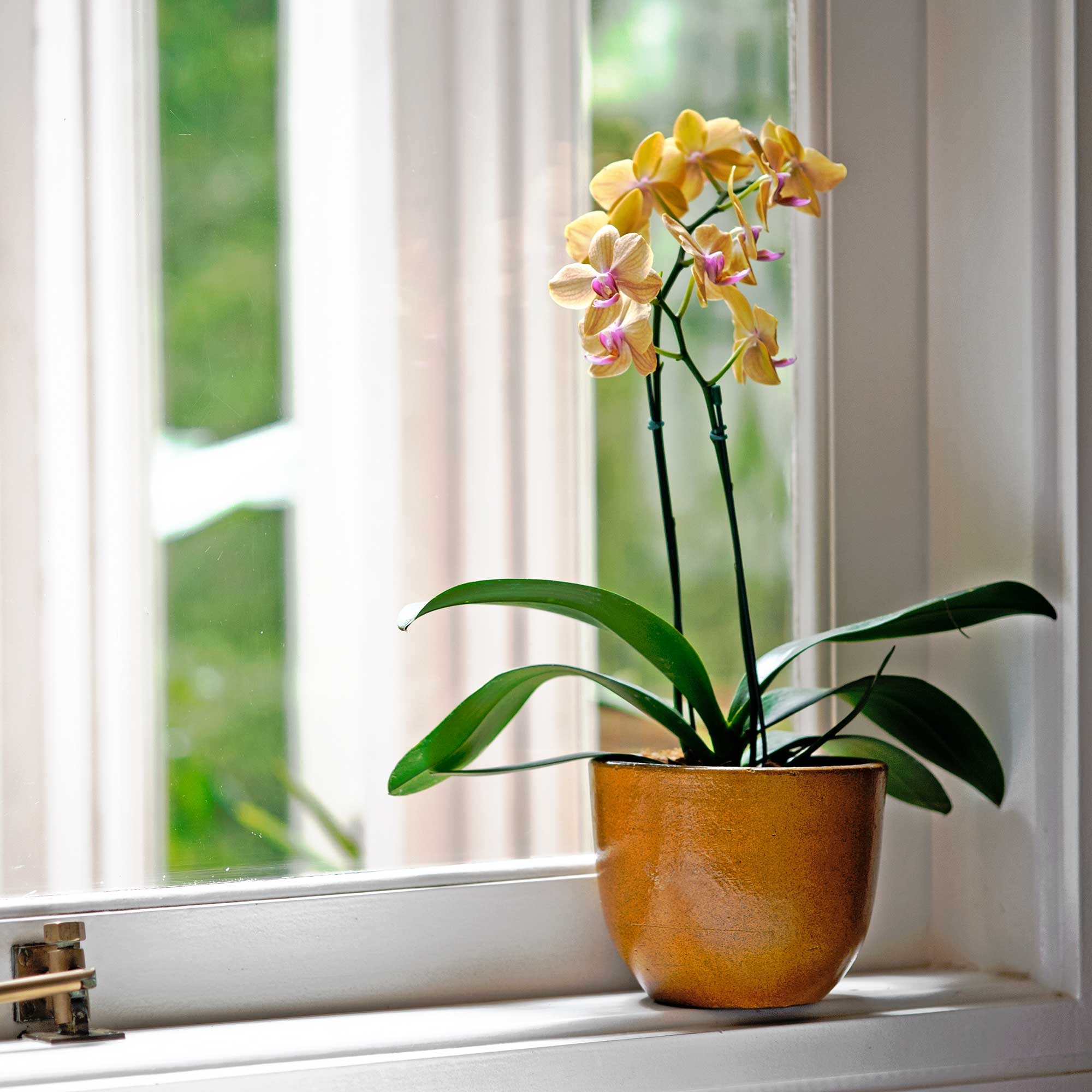
5. Upcycle and revisit the past
The slow living interiors trend demands that we make more sustainable choices, and what better way to do so than by upcycling?
'Using upcycled furniture ideas is a way to align yourself with the slow living movement, making more sustainable choices for your interior space, whilst having fun repurposing furniture and honouring the world’s legacy,' says Sabrina.
'Vintage pieces can bring a unique sense of history to your space as well as evoke feelings and emotions.'
Alessia adds: 'Using only natural materials – but also using repurposed and recycled materials – would be great but can be hard for some, especially when renting or flatsharing.'
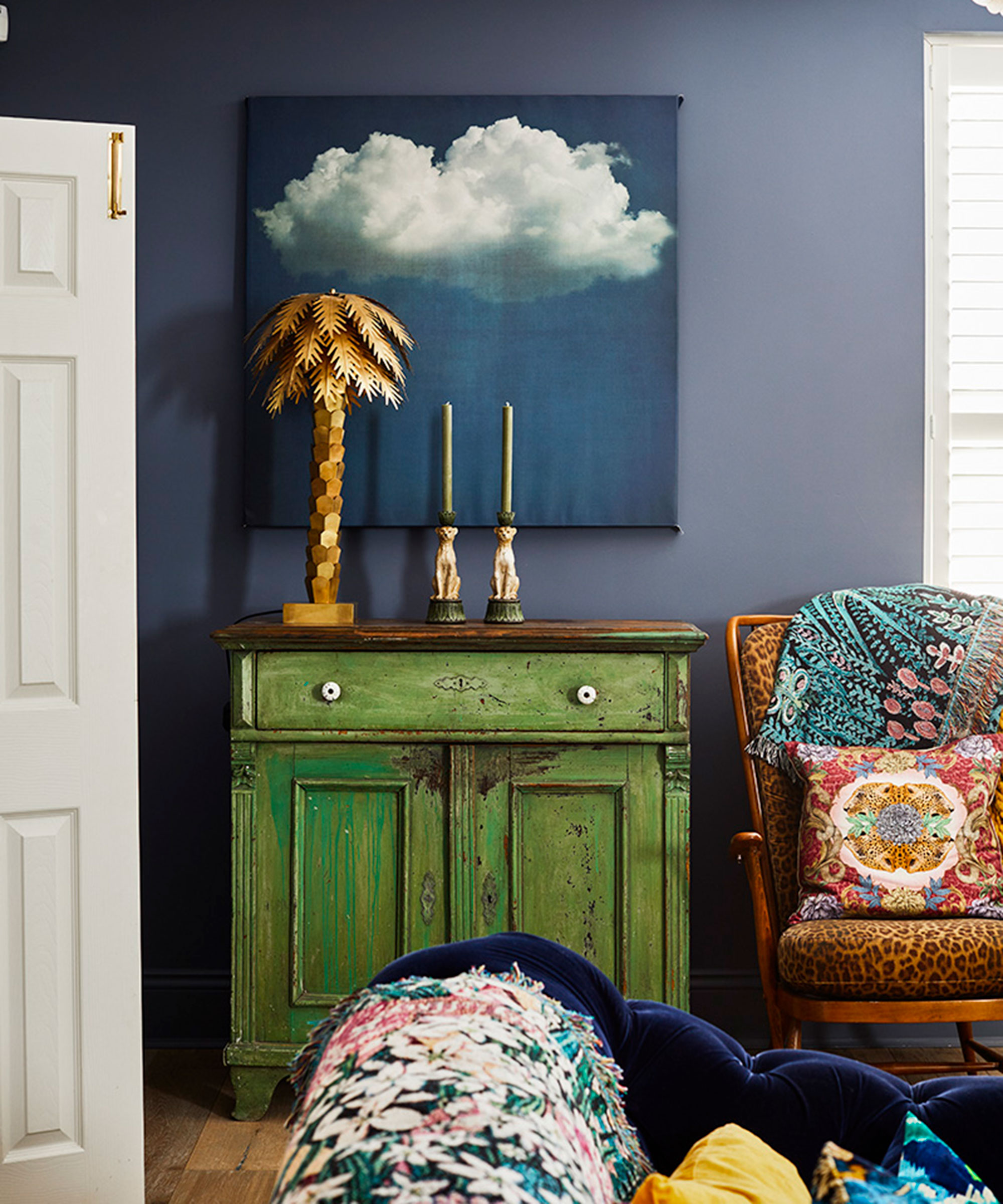
6. Select artworks that are meaningful to you
'Choosing the art for your interior space can be overwhelming, however, the best way to muddle through all of the living room art ideas and pieces available is to pick the ones that are special to you (and maybe only you),' says Sabrina.
'The slow living interiors trend is all about people’s individual personalities and the feeling of joy that people have when they decorate their home with meaningful pieces that have a purpose.'
Alessia agrees, adding: 'I think the key is to only buy things that you really love – having a home (or room) that represents you and your passion will translate in a more mindful living space.'
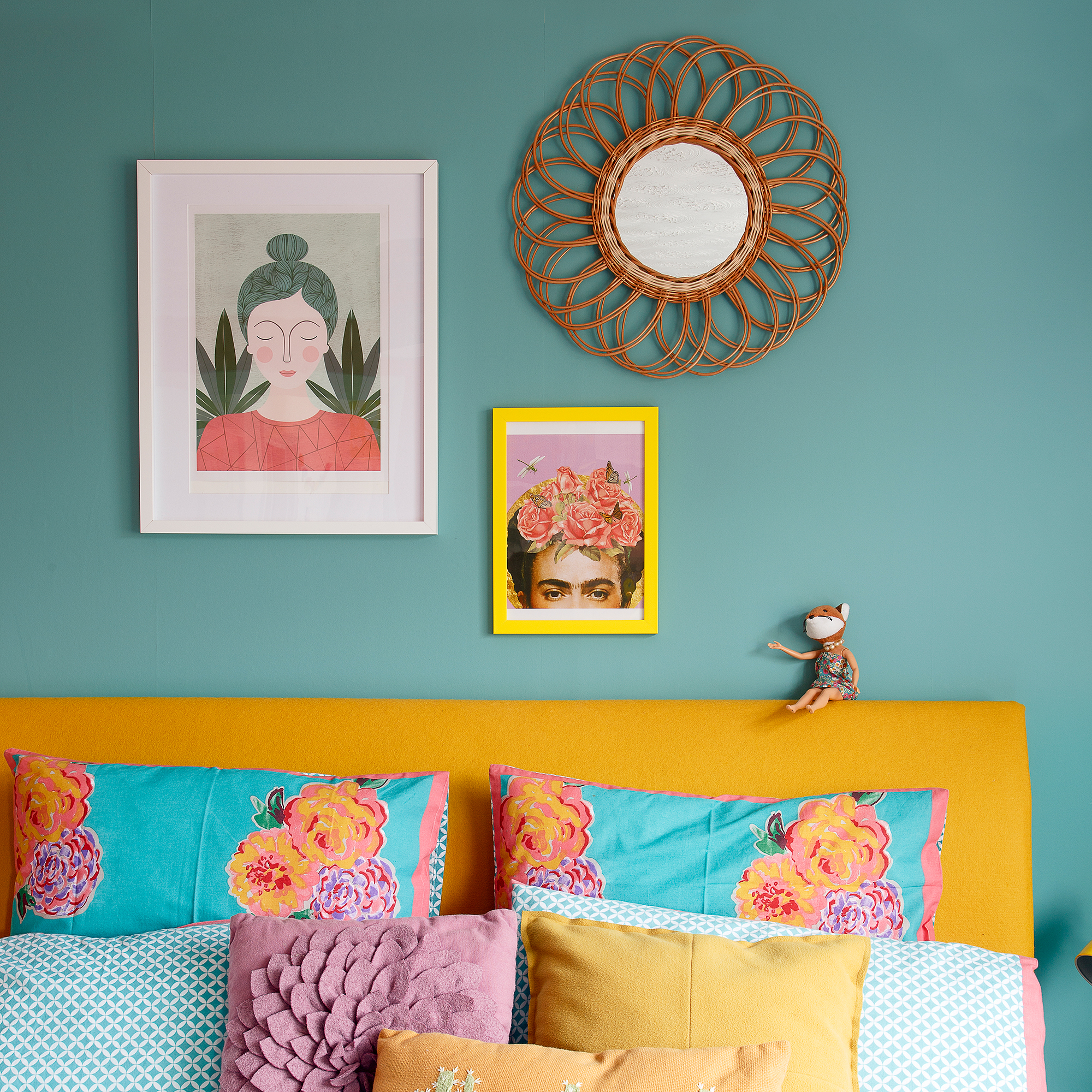
7. Don’t forget your other senses
'A home is not just furniture,' says Alessia. 'I find that having a particular smell in your home really helps creating a space where you can relax.
'Hotels use signature scents to stand out, so why not scour the best home fragrances to find a cosy scent of your own that will immediately make you feel at home?'
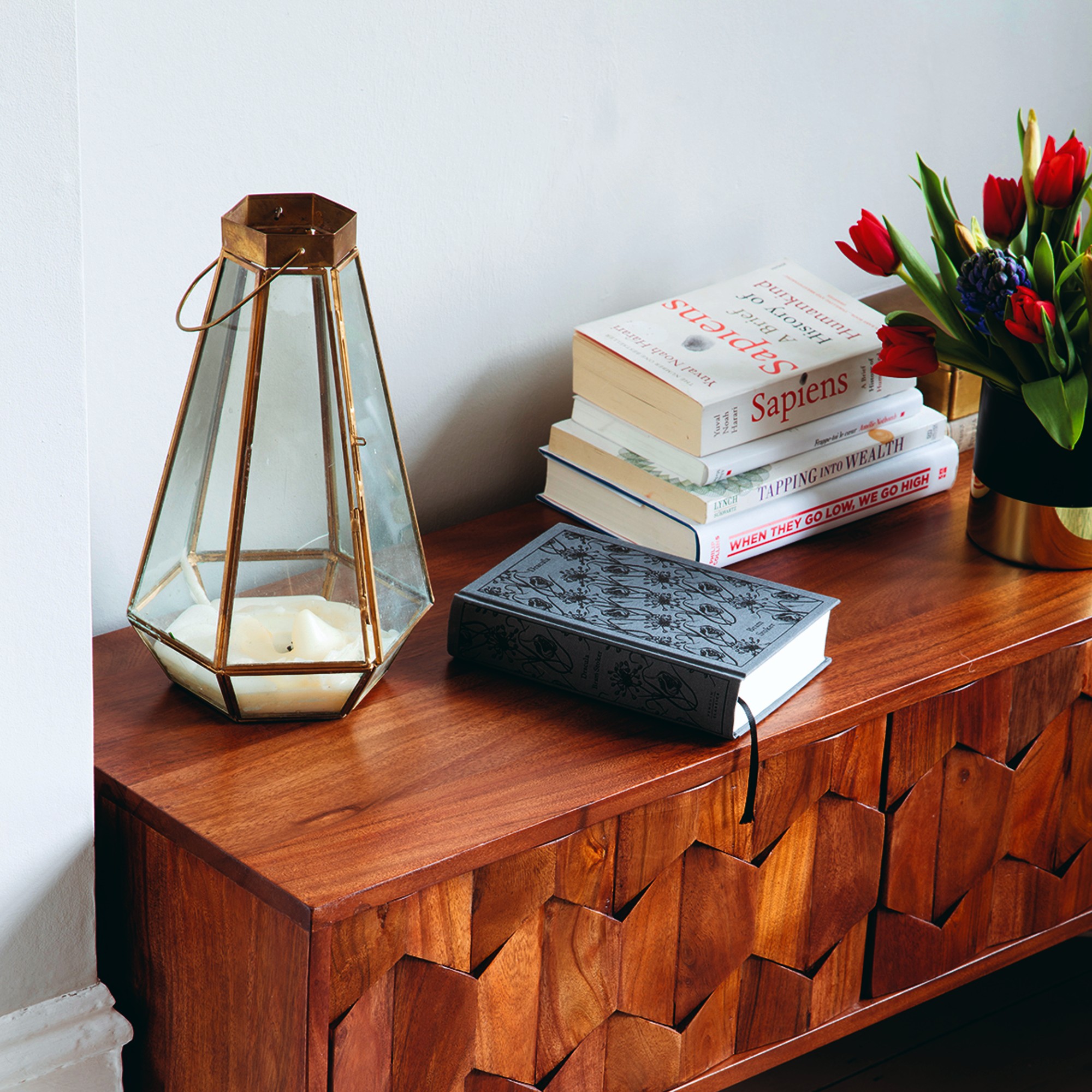
8. Play with different colour schemes
'Social media can be misleading sometimes, and you might think that creating a relaxing and calming home means using only neutral colours,' says Sabrina.
'If you are obsessed with grey living room ideas, go for it. If you prefer something teal or red, though, remember, slow living is inherently personal and is about creating an interior space that reflects your identity.
'So, when you're poring over living room colour schemes, feel free to express your full personality with colours and use shades that make you smile!
Where should we shop the slow living interiors trend?
'When talking about furniture, anything that you love and will keep with you for years can be considered part of the slow living interiors trend,' says Alessia reassutingly.
'Not everyone has the budget to furnish a whole home with slow-design pieces, and I think that it’s important not to feel bad or like we are doing a terrible thing if we buy a bed from IKEA.'
With that in mind, then, she advises that we consider shopping from brands such as:
- Selency: 'You can find treasures from vintage shops all around France and beyond on this site,' says Alessia. 'With a bit of patience, you can find some amazing pieces.'
- Etsy: Etsy allows you to buy directly from someone who put their heart and soul into making your new piece of furniture or home decor.
- Partnership Editions: A favourite of Alessia's, this site allows you to buy art from emerging artists. The prices are varied, and you can own an original piece of art that you will cherish forever!
- Sebastian Cox: A little on the luxury side, but Sebastian Cox is an incredible regenerative designer.
- Narchie: All about the upcycling trend, Narchie allows you to shop from thousands of independent brands and re-sellers.
- eBay: You can find a huge selection of pre-loved pieces on eBay's Better Than New Homeware hub.
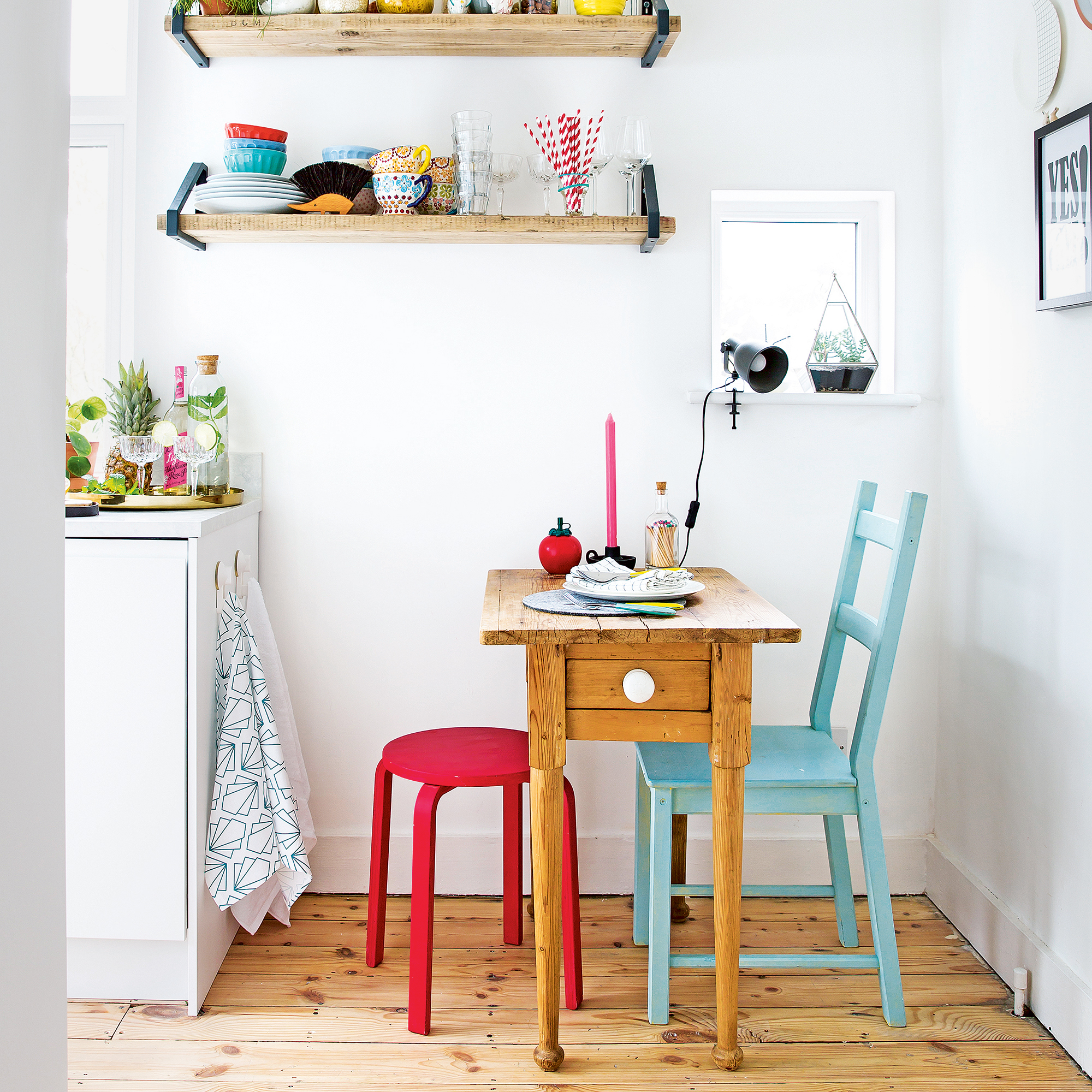
The joy of the slow-living interiors trend is that it only demands as much as you are willing to give. Indeed, Sabrina says that you don't have to redo your entire home in one big go: instead, you can focus on creating one special area for quiet reflection.
'Think about creating a cosy space in your home that is dedicated to relaxation, reading or simply enjoying a cup of tea,' she says.
'Whether it is a window seating area overlooking nature, an intimate nook in an attic area, or an under-the-stairs snug, this calming area will offer a comforting respite from the hustle and bustle of everyday life.'
Alessia adds firmly: 'Slow living is all about being intentional and mindful about how we use our time. Our needs and wishes are different, therefore our ‘slow lives’ will look different – and that’s more than OK!'
What are the benefits of the slow living interiors trend?
Consciously deciding to lead a slower life, and adopt the slow living interiors trend around your home, forces you to really look at the things that make you happy and prioritise accordingly. The biggest benefits are:
Reduced stress: knowing what you want means also knowing what you don’t want. Making more space for your happiness and fulfilment will lead you to eliminate the things that cause you stress or pain.
Improved mental health: A slow life holds space for mindfulness and self-care. By caring for yourself, engaging in activities that bring joy, and cultivating a sense of purpose, you will experience greater happiness, contentment, and overall well-being.
Stronger relationships: Community is very important. Living ‘slowly’ also means finding time to cultivate the relationships that make your life better – creating a sense of belonging and support.
A more eco-friendly home: Sustainability is hugely important to the slow living interiors trend, as is a focus on welcoming the outdoors into your home. Making conscious choices to do better by the environment won't just benefit the world: it will improve your own wellbeing (and save you money) too!







